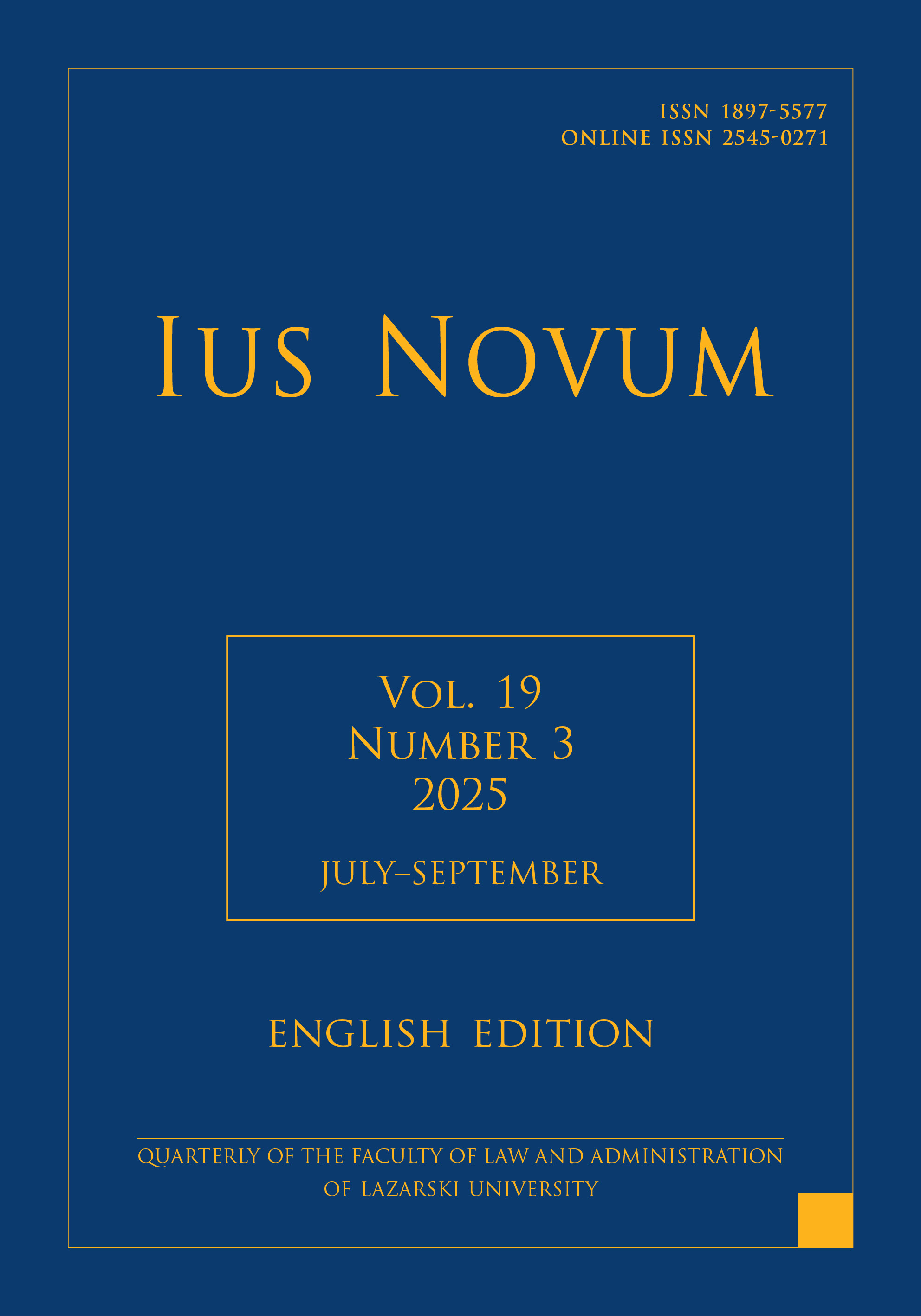Abstrakt
The article discusses the principles of calculating remuneration for overtime work under the Polish Labour Code and in light of recent Supreme Court case law. The author analyses the dual structure of compensation for overtime work: regular remuneration and the overtime supplement, highlighting their distinct legal and economic functions. Particular attention is paid to the question of which remuneration components may be included as part of ‘regular remuneration’ within the meaning of Article 151¹ § 1 of the Labour Code. The article also includes de lege ferenda proposals, advocating for a statutory definition of ‘regular remuneration’ to enhance transparency and ensure the adequacy of the remuneration system.
Bibliografia
Kijowski A., ‘Pojęcie normalnego wynagrodzenia za pracę w godzinach nadliczbowych’, Praca i Zabezpieczenie Społeczne, 1996, No. 10.
Kosut A., ‘Praca w godzinach nadliczbowych i jej wynagradzanie’, Praca i Zabezpieczenie Społeczne, 1998, No. 5.
Pisarczyk Ł., in: Florek L. (ed.), Prawo pracy. Komentarz, Warszawa, 2017.
Prusinowski P., ‘Normalne wynagrodzenie za pracę w godzinach nadliczbowych’, Praca i Zabezpieczenie Społeczne, 2013, No. 5.

Utwór dostępny jest na licencji Creative Commons Uznanie autorstwa – Użycie niekomercyjne – Na tych samych warunkach 4.0 Międzynarodowe.
Prawa autorskie (c) 2025 Lazarski University

